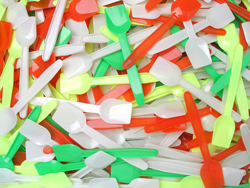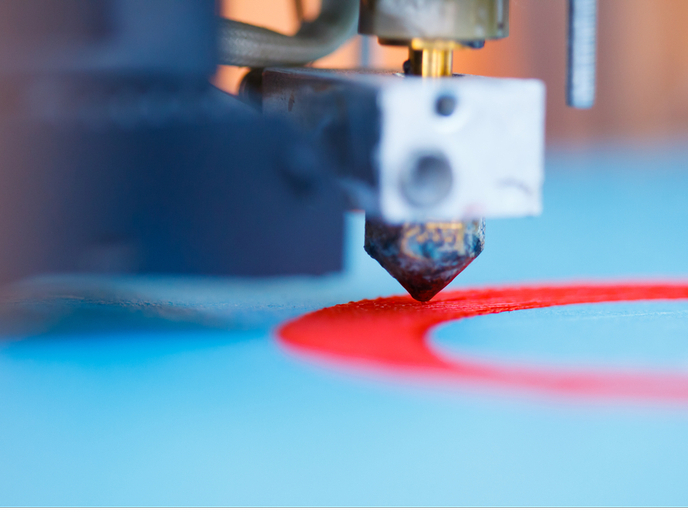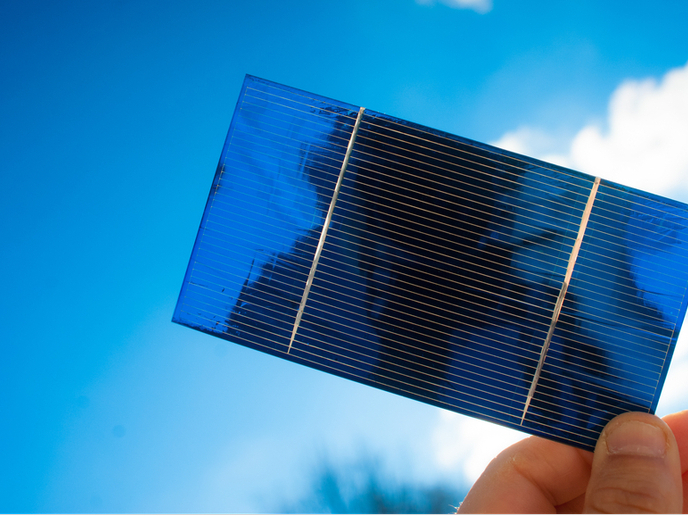Making polymers more plastic than ever
An amazing range of products can be manufactured using polymers – from compact discs to waste bins. By varying the identity of the monomers and the processing conditions, the potential for new products is enormous. However, developing a new material can be costly in terms of time and finance while it is synthesised and tested for the desired properties. The EU-funded project PMILS aimed to streamline this procedure by developing models to predict, in advance, a material's properties from its molecular details and manufacturing conditions. One option was to apply Stochastic differential equations (SDEs) to the problem. Stochastic differential equations can be used to model a wide range of systems, from materials, such as rheological behaviour of polymers, to money markets. Project partners at the Imperial College of Science, Technology and Medicine applied SDEs to the model of polymer melt dynamics. This had previously been developed by Öttinger, an authority on mathematical aspects of stochastic methods, and colleagues. Based on the comparison of experimental viscosities with those predicted by the model, optical parameters of polymers can be deduced. The input included important polymer properties relating to their rheological properties such as reptation time, a reflection of molecular stiffness. Plastic is a clean sterile material that is low density while potentially possessing strength and heat resistance. As such, novel polymers are in increasing demand for many applications including health care and car manufacturing. Improved modelling is creating opportunities for faster development thus increasing the competitiveness of the European market.







